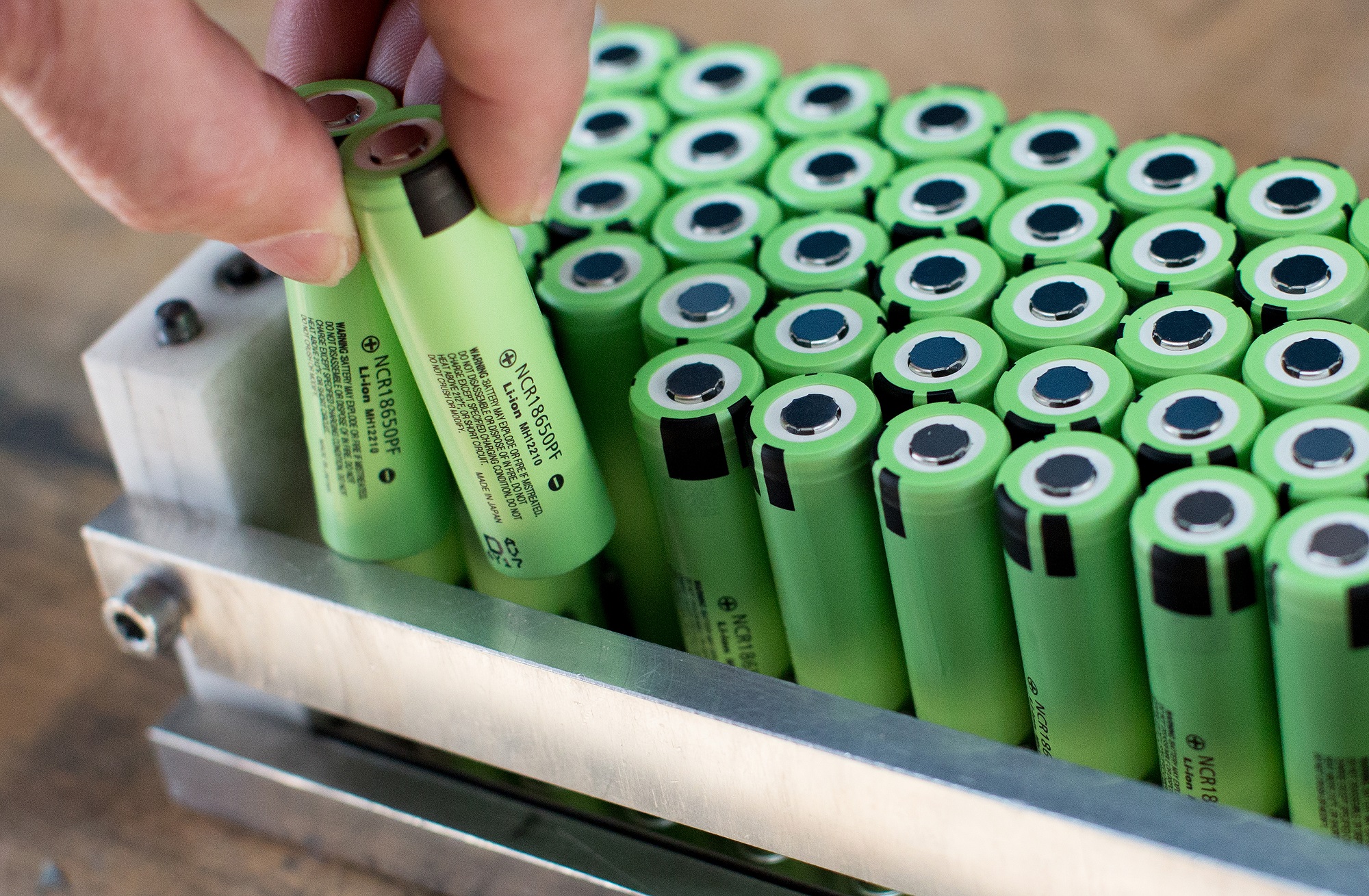Diagnosing and Addressing Rapid Discharge Issues in Electronic Devices
Definition of Rapid Discharge:
Rapid discharge refers to a situation where a battery depletes its energy faster than expected. For instance, if your smartphone unexpectedly runs out of battery within a few hours of being fully charged, it could be an indication of rapid discharge. This issue can significantly impact the usability and portability features of portable devices.
Causes of Rapid Discharge Issues:
There are several potential reasons for rapid discharge issues. Here are some common causes:
- Background Running Applications: Applications running in the background can consume the device's energy. This can happen with processes that users may not be aware of.
- High Brightness and Screen Time: Keeping the screen brightness high or the device constantly on contributes to rapid discharge.
- Weak Signal or Network Connection: Devices may consume more energy in situations with a weak signal or network connection, especially when using mobile data.
- Wear and Tear Over Time: Batteries undergo chemical degradation over time, leading to a decrease in battery life.
- Application Errors: Some applications may be faulty or outdated, contributing to the rapid depletion of the device's battery.
Diagnosing Rapid Discharge Issues:
To diagnose rapid discharge issues, you can use the following methods:
- Monitor Battery Consumption: Check the battery consumption in your device settings. This will show which applications are using the most energy.
- Application Updates: Regularly update your applications. Updates are crucial for energy efficiency and bug fixes.
- Close Background Applications: Shut down unnecessary background applications or put them in sleep mode.
- Reduce Screen Brightness: Adjust the screen brightness automatically or lower it to extend battery life.
- Turn Off Unused Features: Disable features like Bluetooth, GPS, or Wi-Fi when not in use.
- Battery Health Apps: Battery health apps can help monitor battery capacity and overall health.
Rapid Discharge Prevention and Solutions:
To prevent or address rapid discharge, consider the following:
- Regular Maintenance: Check and clean your device's battery regularly. If you notice signs of physical damage or swelling, seek professional help.
- Appropriate Charging Practices: Charge your batteries correctly and avoid overcharging. Use the charging equipment recommended by the manufacturer.
- Temperature Control: Avoid exposing your devices to extreme temperatures.
- Quality Batteries: Use high-quality and genuine batteries to avoid potential issues.
Rapid discharge issues are a common battery-related problem that can significantly impact the user experience. However, it's essential to recognize that these problems can be largely preventable or solvable with proper maintenance habits and careful usage.


